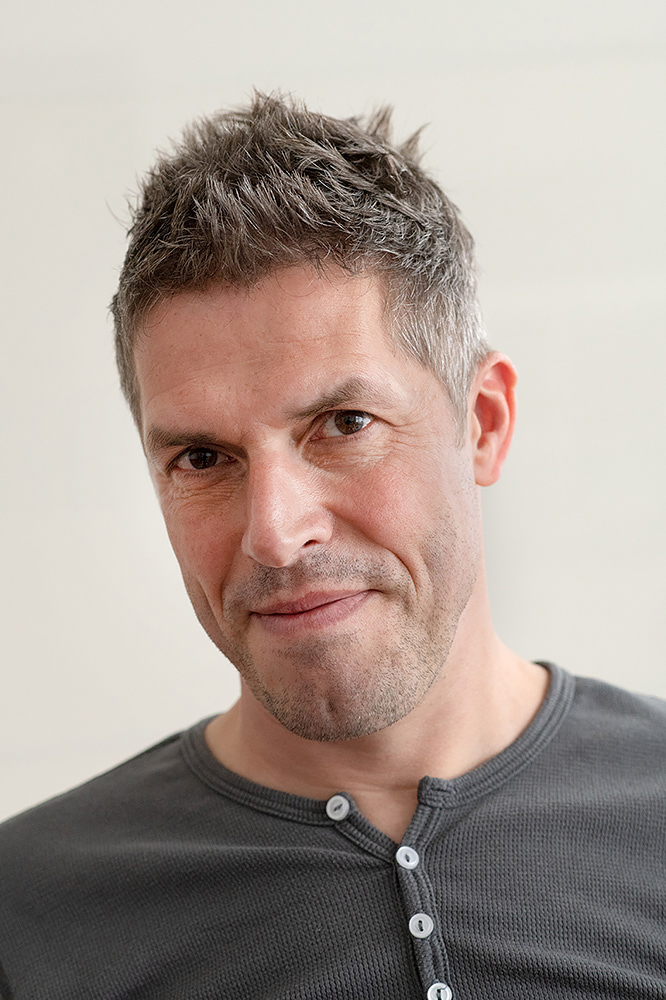Jan Enkelmann (born 1970 in Stuttgart, Germany) is a documentary, street and travel photographer based in London. He is dividing his time between commercial commissions and personal projects.
Jan's work has been featured in numerous exhibitions and publications and he has been commissioned by magazines internationally.
Jan's book Happiness (co-authored with his wife Maren) won the ITB Book Award for best Travel Photobook. His latest publication is the book Smoking Chefs.
Pause
On the 23rd of March, the evening the lockdown was announced in the UK, I was on my bike, cycling through an already deserted London, experiencing the city like I had never seen it in the 20 years I have been living here.
I decided that taking the camera on my nightly cycling excursions - my chosen form of daily exercise - would be a safe way to document different parts of London without endangering myself or others.
I felt compelled to document the lack of crowds in usually crowded locations. But looking at the images I have made over these weeks, I feel these photos are less about the lack of human presence and rather about the stillness of a city being allowed a breather, to reveal a beauty that often goes unnoticed.
I have launched a crowdfunding campaign on Kickstarter to raise funds to publish a photobook of these unique images. It's called 'Pause' and it's going to be a 148-page hardcover book with 90 of the photos from the series.
Kickstarter Campaign